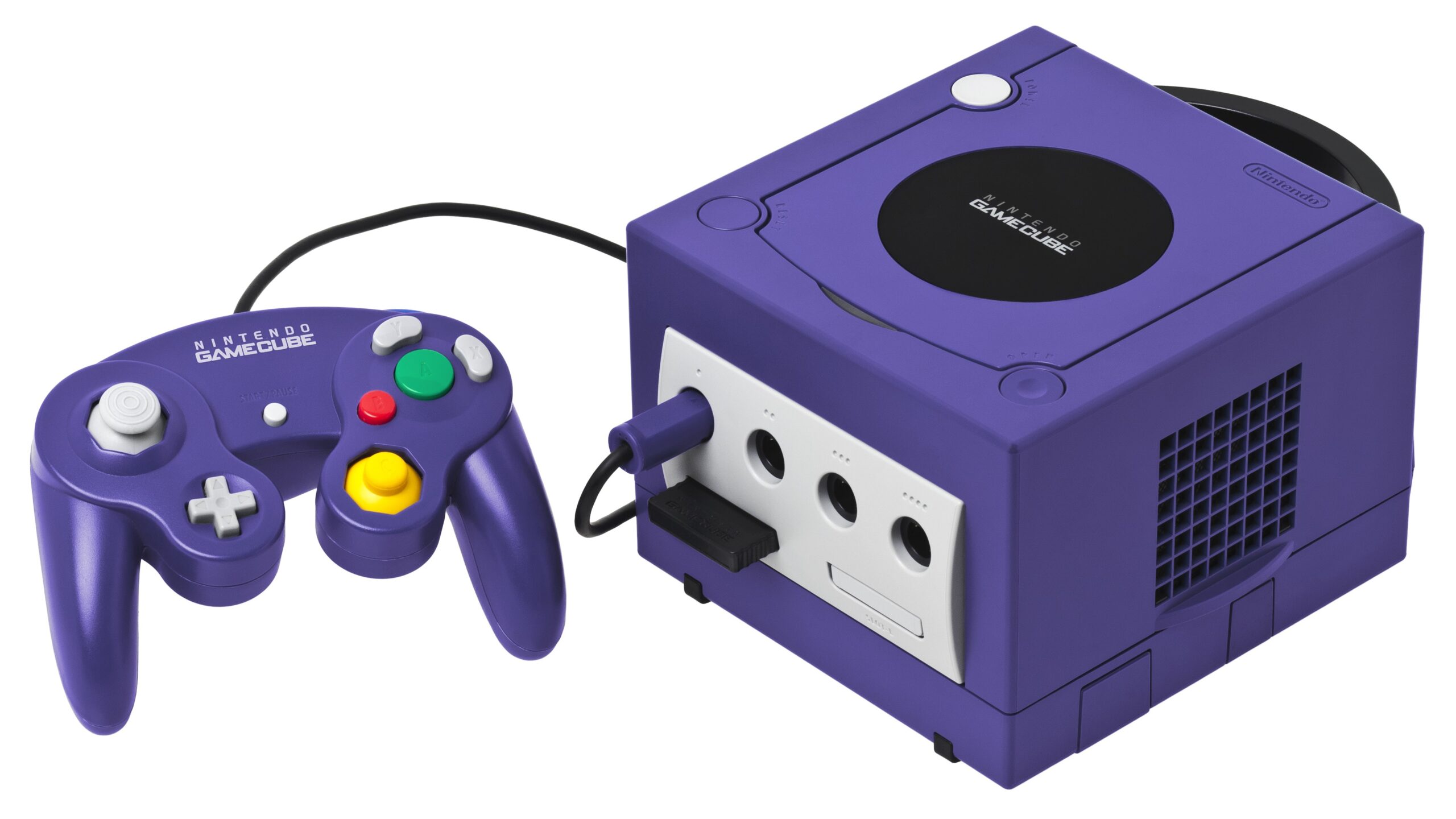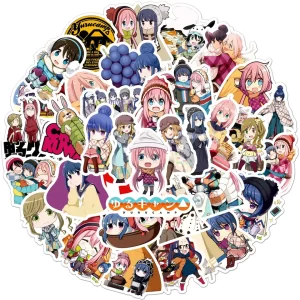The Nintendo GameCube, launched in 2001, is a game console that left a significant impact on the gaming industry. It was a successor to the Nintendo 64 and competed with the likes of Playstation 2 and Xbox. The console was a compact, box-shaped device that made it easy to carry around. It was also the first Nintendo console to ditch cartridges in favor of miniature DVDs, giving it an edge over the competition. The GameCube also boasted a rich library of games, including some Nintendo classics that appeared on the console for the first time. Not only did it lure in Nintendo fans, but it brought in new players as well, marking a significant shift in the gaming industry. In this retrospective, we will look back at the history of the Nintendo GameCube. We will delve into its features, reception, sales, games, legacy, and review to help you understand its profound impact.
History of Nintendo GameCube
The development process of the Nintendo GameCube began in 1998, two years before its release. Nintendo partnered with Panasonic to develop the GameCube’s optical disc format, which used a proprietary format that was smaller and held less capacity than standard CDs. This partnership also allowed for the development of a small and highly efficient optical disc drive for the console.
The GameCube was released in Japan on September 14th, 2001, in North America on November 18th, 2001, and in Europe on May 3rd, 2002. It was priced at $199 in the United States, which was $100 cheaper than its main competitor at the time, the PlayStation 2. The GameCube’s marketing strategy included a focus on family-friendly games, which was consistent with Nintendo’s ongoing image at the time. It was also marketed as the first home console to feature online play, although this feature was not widely used due to its limited availability.
Upon its release, the GameCube was often compared to the PlayStation 2 and Xbox, which were released around the same time. The GameCube had a lower price point and was the smallest of the three consoles, making it more portable. The GameCube’s design also set it apart, with its unique purple casing and small, handle-like grips. While it didn’t sell as well as its competitors, it was still able to make a significant impact on the gaming industry, particularly with its trademark games produced by Nintendo.
Overall, the GameCube’s development process, release date, price point, marketing strategy, and comparison with other consoles were all integral aspects of its history. These factors set the stage for its reception and long-term legacy, which we will explore in the following sections.
Reception and Sales
The Nintendo GameCube was released in 2001 and had solid support from third-party game developers like Electronic Arts and Capcom.
Upon release, the console received favorable reviews from the gaming community due to its innovative design and launch titles. However, some criticisms were aimed at its lack of media features, which consumers found unattractive compared to the PlayStation 2, the Xbox, and its multimedia capabilities.
Despite this, many fans appreciated the GameCube’s focus on gaming capabilities, and its controller, which improved on the design of its predecessor, the Nintendo 64, with a comfortable grip, improved button placement, and a joystick that was more durable and accurate than other consoles on the market at the time. The controller was also compatible with games released on other consoles, an innovative feature that few consoles at that time supported.
Review scores for the console were generally high, with Game Informer praising its “solid build quality” and GameSpot commending its game library, which included classic titles like Super Smash Bros. Melee and The Legend of Zelda: The Wind Waker. As a result, the console enjoyed steady sales throughout its lifespan, with a total sale of just under 22 million units, making it one of the best-selling consoles of its generation, despite the GameCube being outcompeted by its rival consoles.
Compared to the PlayStation 2’s enormous sales figures, the console struggled to keep up, but despite this, it found a dedicated fanbase, who loved the GameCube’s exclusive set of games, including Animal Crossing and Metroid Prime. In the end, The Nintendo GameCube became a cult classic and is still celebrated by fans to this day for its unique games and focus on pure gaming experiences.
Features and Design
The Nintendo GameCube was a product designed entirely around fun, and it’s reflected in the features and design decisions made for the console. The GameCube was the first Nintendo console to offer a disc-based media storage solution instead of cartridges. This allowed the console to fit more extensive games, up to 1.5GB, and make loading times faster due to higher data transfer rates.
While it might not have been the most popular console of its generation, the GameCube had a design that was both unique and stylish. The console was available in multiple colors, including the iconic purple variant. The console’s small form factor allowed it to fit comfortably in anyone’s hands, and its design was ideal for easy transport to friends’ houses.
The GameCube’s unique controller set it apart from other consoles of its time, in both design and functionality. It was one of the first game controllers to feature an analog stick, a feature crucial to the development of modern game design. It is an example of Nintendo’s consistent innovative approach to creating gaming consoles, introducing features that were not present in other systems, like the C-stick and the A and B button layout.
With regards to the console’s technical specifications, the Nintendo GameCube featured several impressive elements that made it stand out from the competition. The console had a custom-built PowerPC CPU and an ATI GPU, which allowed it to excel in processing power and graphics capability. Additionally, the GameCube boasted support for Dolby Pro Logic II sound, providing an immersive audio experience.
The GameCube’s hardware and design choices distinguish it not only from its competitors but also from later consoles in its era. Its focus on fun, combined with its unique design and hardware features, made the GameCube a console that people of all ages could enjoy and cherish.
Games and Legacy
When it comes to GameCube’s legacy, it’s hard to miss the impact of its games. From the moment it launched, the console built a library of titles that are still held in high regard today. Here are some of GameCube’s most popular and critically acclaimed games:
- Super Smash Bros. Melee
- The Legend of Zelda: The Wind Waker
- Metroid Prime
- Resident Evil 4
- Pikmin
One of the reasons why the GameCube had such a strong library of games was due to Nintendo’s first-party titles. By releasing exclusive titles, such as the ones mentioned above, Nintendo made the GameCube stand out from its competitors. These games were not direct ports, but instead, they were tailored to the GameCube’s hardware and capabilities, which made them all the more memorable.
The GameCube’s legacy can be seen in how it influenced future gaming consoles. For example, the console’s controller layout is still used today. The Wii, Wii U, and Nintendo Switch’s controllers all have the same button layout as the GameCube’s controller. This shows how innovative the GameCube was and how it managed to impact gaming as a whole.
Despite being almost two decades old, GameCube games are still being played and appreciated today. They are well-remembered not only for their gameplay, but also for the memories they created. For fans of Nintendo, the GameCube was a special console that holds a special place in gaming history.
Conclusion
After exploring the history, reception, sales, features, games, and legacy of the Nintendo GameCube, it’s clear to see why it was a significant console for its time. Its distinctive design, the innovative controller, and a range of exceptional games set the stage for the future of gaming consoles. Although it struggled against its competition, the PlayStation 2, and the Xbox, it still gained a cult following of devoted fans.
Today, the GameCube remains relevant, with numerous games that have stood the test of time. Fans continue to play classic titles like Super Smash Bros. Melee, The Legend of Zelda: The Wind Waker, and Metroid Prime. These games showcase masterful game design, innovative mechanics, and incredible storytelling. With the emergence of remastered collections and emulation, fans can now enjoy these games on modern platforms, keeping the console alive.
Overall, the Nintendo GameCube will always be remembered as a unique and significant console in gaming history. Its lasting impact on the industry, the loyal fanbase, and the exceptional game library ensure that it will remain relevant for years to come.
FAQ:
What made the Nintendo GameCube so significant in the gaming industry?
The Nintendo GameCube was significant due to its unique design, controller and graphics, which provided an immersive and user-friendly gaming experience. Additionally, its library of games, including popular titles such as Super Smash Bros. Melee and The Legend of Zelda: The Wind Waker, revolutionized the industry and set a new standard for gameplay.
How was the development process for the Nintendo GameCube?
The development process for the Nintendo GameCube began in 1998 and took over three years, with designers and technicians working tirelessly to create its innovative hardware and software.
What were the technical specifications of the Nintendo GameCube?
The Nintendo GameCube featured a 485MHz custom IBM PowerPC Gekko processor, a custom ATI Graphics processor, 40MB of RAM, 24MB of high-speed SRAM, and a capacity of 1.5 GB per disc. It was capable of producing graphics up to 480p resolution.
What was the reception and sales of the Nintendo GameCube like upon release?
The reception of the Nintendo GameCube was generally positive, with critics lauding its hardware, design, and library of games. However, it struggled to compete with the more popular consoles of its time, such as the PlayStation 2 and Xbox. As of June 30, 2006, Nintendo sold 21.74 million units of the GameCube worldwide.
What was the legacy and impact of the Nintendo GameCube on future gaming consoles?
The Nintendo GameCube’s impact can still be seen on modern gaming consoles, with its innovative design and game library influencing the development of later consoles such as the Wii and the Nintendo Switch. Its unique controller design also influenced future controllers, such as the Wii Remote and the DualSense controller for the PlayStation 5.













